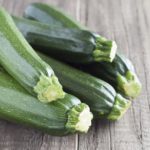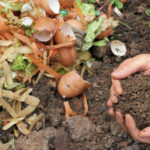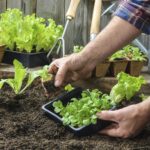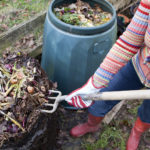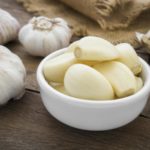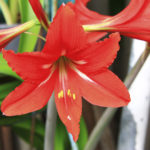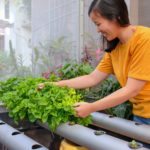Brewing Compost Tea
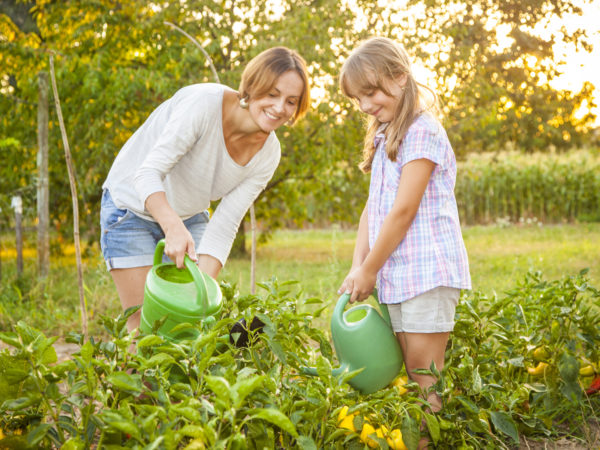
About Compost Tea
Why use compost tea instead of just using compost directly? There are at least three important reasons I can think of immediately. First of all, it is not always convenient to add compost directly to the soil. A good example is a lawn. Most of the time, it is inconvenient to add compost to a lawn. A compost tea will allow you to get much of the good stuff out of the compost as an easy-to-use liquid which is convenient to use in almost any horticultural application.
It also is becoming apparent that these microbes are essential inhabitants of what is referred as the phyllosphere (the surface of leaves and stems of a plant). They take up space on the plant, sometimes directly assisting the plant, sometimes just taking up space that might otherwise provide entry by a pathogen. You cannot add compost to the foliage of a plant, but you can spray it down with the tea (many microbes will stick themselves to the leaves under their own self-made protective covering).
Another reason is that when done properly, compost tea will be a concentrate of activated microorganisms, more concentrated than compost itself. The process of making the tea allows the microbes to “wake up” and multiply. When you add this to your garden, you are adding a rich brew, teeming with creatures that will enliven your soil, and help it convert your dirt into a living biome. In short, the microbes eat and excrete. The excretion is plant food, and usually just about all a plant will ever need.
Compost does this too, and is important to add when you can. But it is not as potent. Compost has advantages over compost tea, adding more carbon to the soil, and other essential soil ingredients, so this is not to suggest that compost tea replaces regular compost. It is just another very convenient tool to help your soil become alive.
How to Make Compost Tea
For home use I suggest using a five-gallon bucket, the best aquarium aerator you can afford, about three cups of compost, and depending on whether you want a bacterial or fungal brew, two tablespoons of non-sulfured molasses (bacterial) or two tablespoons of kelp powder (fungal). Don’t use liquid kelp in this compost tea recipe, it often contains sulfur or other anti-fungal agents. There are many other foods for bacteria and fungi as you get more involved in making compost tea. In fact there are many ways to go about this, and you can experiment. But let’s start with a simple brew and show you how to make compost tea with this easy to follow compost tea recipe:
- First, add your air pump to the bucket. The more thoroughly it aerates the entire 5-gallon bucket, the better. Try not to have any dead spots (non-aerated).
- Fill the bucket with water, leaving a few inches from the top, and let the water aerate for an hour or so to outgas chlorine and other anti-microbial materials in the water (especially if using water from a municipality). When you do this, the chlorine will evaporate from the water.
- Next add your ingredients: the compost and kelp or molasses.
- Let the compost tea brew for about 24 hours. Make sure the opening to the air pump is distributed evenly (cheapest is an air stone) and secured to the bottom, so it does not get pushed to the top overnight. This will keep the tea sufficiently aerobic.
- The next day, check your compost tea. It should smell nice. If it smells like an outhouse, vomit, or otherwise unpleasant, start over. Sometimes teas will have a slightly unpleasant smell. This is okay to use, but not ideal. Ideally teas will smell fresh and earthy.
- Strain out the compost and immediately apply your tea to the garden, on both the soil and over the entire plant (sometimes people put tea in a convenient bag made of panty hose. I like it loose myself to ensure no dead spots).
- As soon as possible thoroughly clean your compost tea brewing equipment. Things will get stinky if you don’t. Clean all corners and surface areas with a gentle natural soap and let dry. Don’t use your brewing equipment for anything else and don’t clean with anti-microbial soaps (so common today).
Compost tea brewing is best done in the balmy, not too hot, not too cold seasons. Brew tea in the same temperature as the area you will apply the tea to, so outside. However, find a shady spot. If temperatures are too warm, the tea will likely get anaerobic fast. If cooler, brew longer (up to about 48 hours). The water will be dark, like coffee. Again, use your nose and intuition. In many climates, winter is not the time to have water outside in a bucket. In those same climates you are probably not gardening much either! There are some excellent and easy-to-use compost tea brewing kits available online.
Compost tea is a regular addition to our soil. We use it on the garden, and on all the plants in the landscape. Since I have started our compost system, I have been trying to move us toward not ever having to purchase any kind of plant food. And I feel really good about the fact that we are making our piece of the earth more healthy and teeming with life rather than poisoned, lifeless and damaged as is much of the land we humans have inhabited or otherwise utilized. And it makes much healthier, vitamin-rich food too.
By Jared R. McKinley, Guest Commentator
DrWeil.com News


